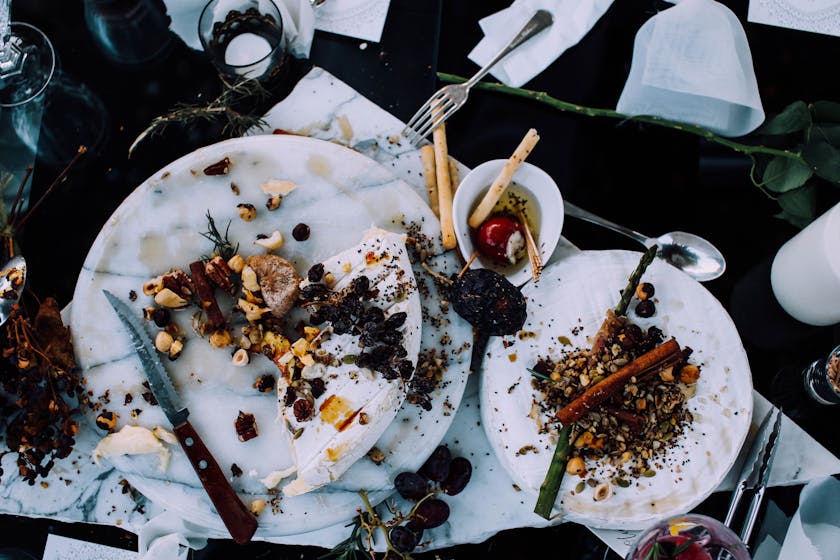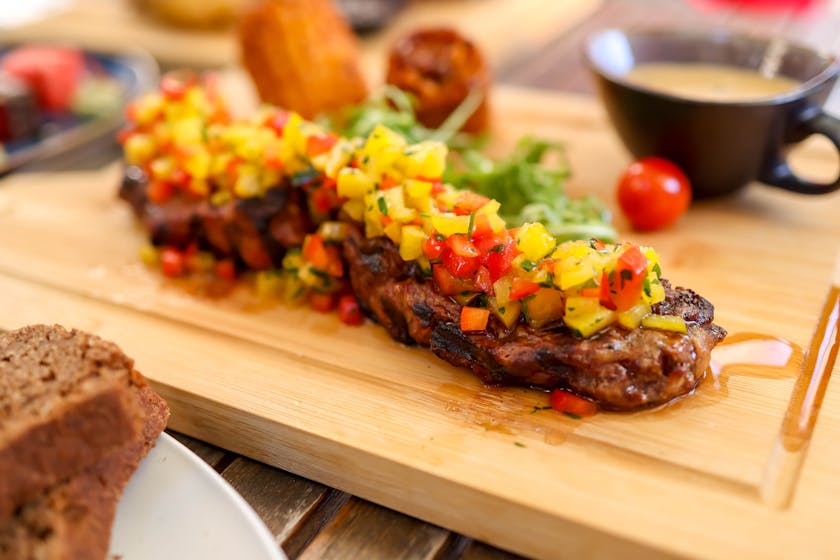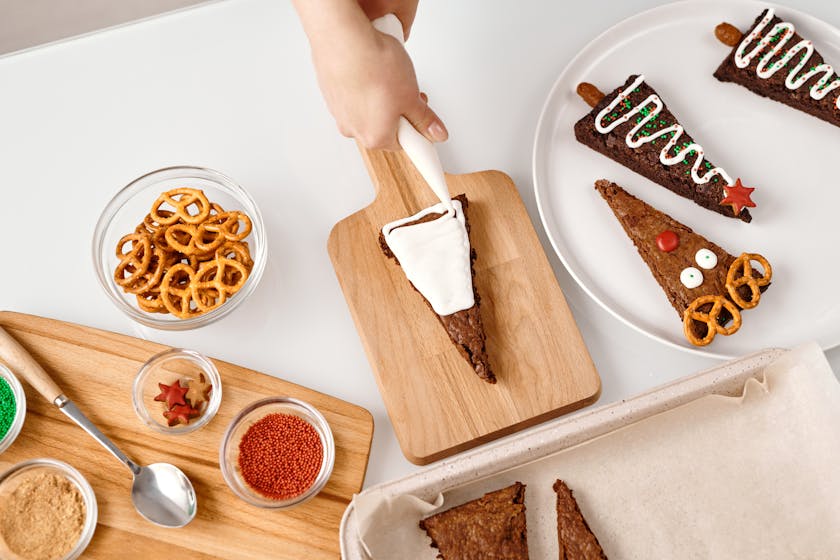When it comes to minimizing food waste during meal prep, it’s all about strategic planning and mindful use of ingredients. Food waste is a significant issue, but with the right approach, you can make a positive impact in your kitchen.
Understanding Food Waste and Meal Prep
Before diving into strategies, it’s crucial to understand why food waste is a problem. Wasted food means wasted resources, including water, land, and labor. Additionally, when food decomposes in landfills, it produces methane, a potent greenhouse gas. Meal prep is a fantastic way to combat this issue, as it involves planning your meals ahead of time, which can reduce the chances of food going unused and eventually becoming waste.
Start with a Plan
The first step in reducing food waste is to have a solid meal prep plan. This means taking inventory of what you already have in your pantry, fridge, and freezer before heading to the grocery store. Make a detailed shopping list based on what you need for your planned meals, and stick to it. This will help you avoid impulse buys that may not get used.
Buy Only What You Need
When shopping, try to buy in bulk only if you’re sure you’ll use all of it, or if it’s a non-perishable item. For perishables, buy only what you can reasonably consume before it goes bad. Consider purchasing from stores that allow you to buy the exact amount you need, such as bulk bins or deli counters.
Store Ingredients Properly
Proper storage is key to extending the life of your ingredients. Learn which fruits and vegetables should be refrigerated and which should be kept at room temperature. Use airtight containers for leftovers, and label and date everything so you can keep track of how long it’s been in your fridge or pantry.
Get Creative with Leftovers
Leftovers can be your best friend when it comes to reducing waste. Get creative and turn them into new meals. For example, yesterday’s roasted vegetables can be today’s soup or stir-fry addition. If you have small amounts of various ingredients, consider making a frittata or a quiche, which are excellent ways to combine different leftovers into a tasty meal.
Use the “First In, First Out” (FIFO) Method
Organize your pantry and fridge based on the FIFO method. This means that the first items you bought should be the first ones you use. This method ensures that you use ingredients before they expire and helps prevent items from being forgotten at the back of the cupboard or fridge.
Understand Expiration Dates
Understanding expiration dates can help you avoid throwing out food that’s still good. “Use by,” “sell by,” and “best before” dates are not always indicators of food safety. Often, they’re just manufacturer suggestions for peak quality. Many foods are perfectly safe to eat after these dates, though they may not be at their freshest.
Preserve and Process
If you find that you have more fresh produce than you can use, consider preserving it. Freezing, pickling, and canning are all effective ways to extend the life of your ingredients. For example, if you have an abundance of herbs, you can chop and freeze them in olive oil to use later in sautés and sauces.
Compost What You Can’t Use
Finally, for the unavoidable food scraps like vegetable peels and eggshells, composting is an excellent way to minimize waste. Composting returns nutrients back to the soil and reduces the amount of waste that ends up in landfills.
By incorporating these strategies into your meal prep routine, you’ll not only save money and time but also contribute to a more sustainable way of living. Remember, every little bit helps when it comes to reducing food waste.



